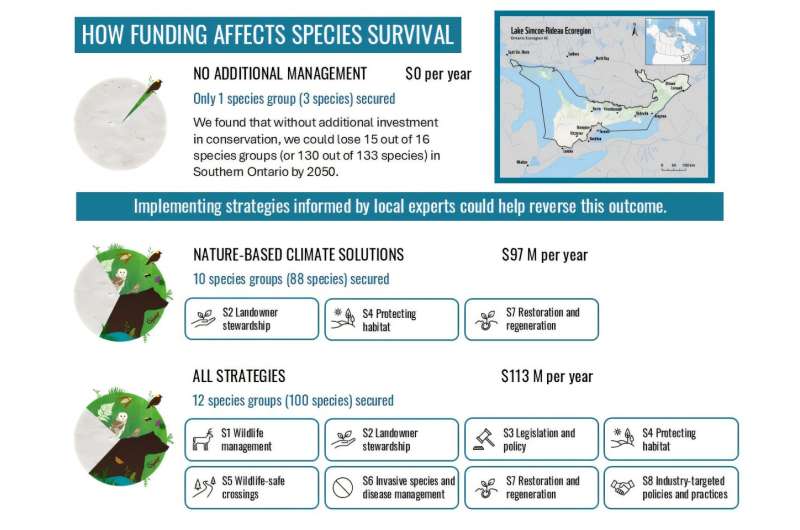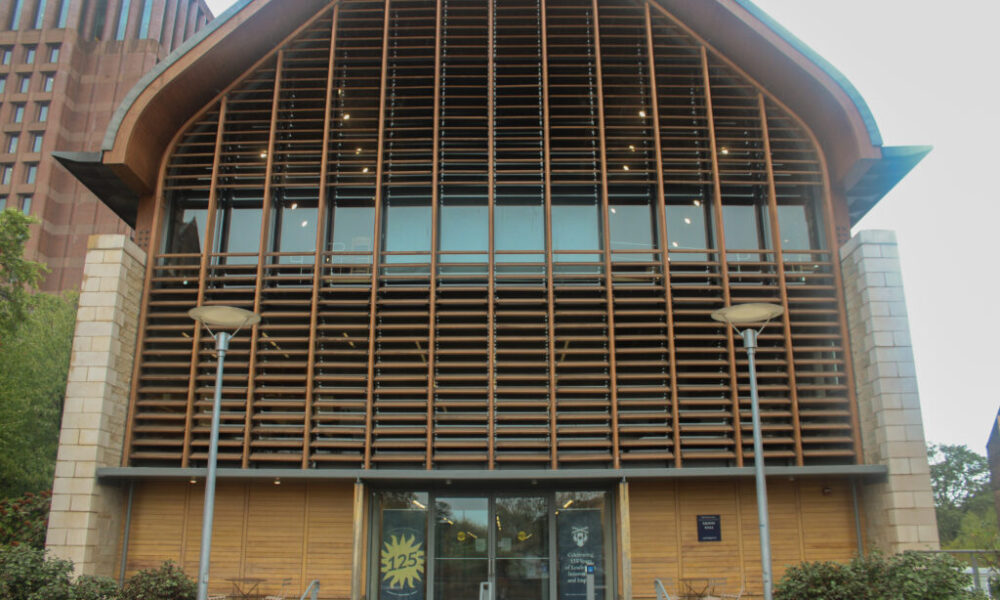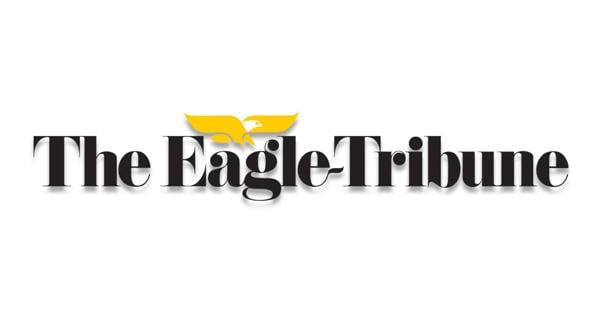Converting website visitors into paying customers requires strategic thinking and systematic testing. Successful businesses recognize that optimizing the path from awareness to purchase leads to significant returns on marketing investments. This article examines proven frameworks that identify conversion bottlenecks, implement strategic improvements, and create seamless experiences that guide visitors toward desired actions.
Understanding the Conversion Funnel Framework
The traditional conversion funnel is one of the most effective methods to visualize and optimize the customer journey. This framework divides the path into distinct stages: awareness, interest, consideration, intent, and action.
At the awareness stage, potential customers discover your brand through various channels such as search engines, social media, or referrals. The primary goal is to capture attention and establish credibility through compelling headlines and clear value propositions.
Interest develops when visitors engage with your content, spending time on your site or exploring multiple sections. Providing valuable information that addresses their pain points positions your solution as the next logical step.
The consideration stage is crucial as prospects evaluate whether your offering meets their needs. Clear product descriptions, customer testimonials, and comparison charts can help visitors understand how your product addresses their specific challenges.
Intent signals appear when visitors take meaningful actions, such as adding items to their cart or signing up for free trials. These actions indicate genuine purchase consideration, necessitating immediate follow-up through email sequences or retargeting campaigns. The final action stage completes the conversion when prospects become paying customers. Streamlining this process through simplified checkout flows and multiple payment options can significantly impact your bottom line.
Implementing Effective Frameworks for Better Results
The AIDA framework—Attention, Interest, Desire, and Action—offers another powerful lens for optimizing conversion paths. This framework focuses on the psychological progression that drives purchasing decisions. Grabbing attention requires understanding what resonates with your target audience.
Building interest involves presenting information that keeps prospects engaged. Use storytelling, statistics, and relatable scenarios to maintain momentum. Creating desire means transforming intellectual interest into emotional investment by highlighting benefits over features and showing social proof.
The action component focuses on removing friction from the conversion process. Clear calls-to-action, minimal form fields, and strategically placed conversion elements guide visitors toward the next logical step.
The Jobs-to-be-Done framework shifts the focus from demographic targeting to understanding the functional, emotional, and social jobs customers hire your product to perform. This perspective uncovers optimization opportunities that traditional methods may overlook.
Functional jobs address practical tasks that customers need to complete. Emotional jobs relate to how customers want to feel when using your product, while social jobs consider how your product affects their relationships and social standing.
Leveraging Systematic Testing Frameworks
Systematic testing frameworks prevent random attempts at optimization and ensure data-driven improvements. Start by testing high-impact elements like headlines and calls-to-action before examining minor design details. The ICE framework (Impact, Confidence, Ease) helps prioritize testing opportunities effectively.
Testing one variable at a time provides the clearest results, although multivariate testing can be useful for complex pages. It is essential to run tests long enough to achieve statistical significance, typically requiring hundreds of conversions per variation. Recording results and maintaining a testing calendar ensures consistent optimization efforts.
Small improvements compound over time, creating substantial performance gains across the entire conversion funnel.
Creating Seamless Multi-Channel Experiences
Modern customers engage with brands across multiple touchpoints before converting. Thus, your optimization framework must account for cross-channel behavior and maintain consistent messaging throughout the journey.
Email marketing, social media, paid advertising, and organic search should work in tandem to reinforce your value proposition. Whether a potential customer discovers your brand through SEO in Salt Lake City or social media advertising, their experience should remain cohesive and purposeful.
Retargeting campaigns help re-engage visitors who did not convert initially, while email sequences nurture prospects through longer consideration cycles. Coordinating these touchpoints is vital to avoid overwhelming potential customers while maintaining helpful engagement.
Building an effective optimization strategy begins with mapping your current conversion path and identifying friction points. Issues such as slow-loading pages and unclear value propositions require immediate attention.
Implement tracking systems to reveal where visitors drop off and which elements correlate with higher conversion rates. Heat mapping tools, user session recordings, and conversion analytics provide insights that guide your optimization priorities.
Regular testing and refinement ensure your conversion path continues to improve over time. As markets evolve, customer preferences shift, and competitive landscapes change, ongoing attention is crucial to maintain optimal performance.
In conclusion, conversion optimization demands systematic approaches backed by proven frameworks and consistent testing. Successful businesses treat optimization as an ongoing process rather than a one-time project. Begin with the framework that best aligns with your current needs and gradually expand your optimization efforts as you gain experience and data. Consistent, small improvements can yield significant results, transforming your business growth trajectory and customer acquisition efficiency.







